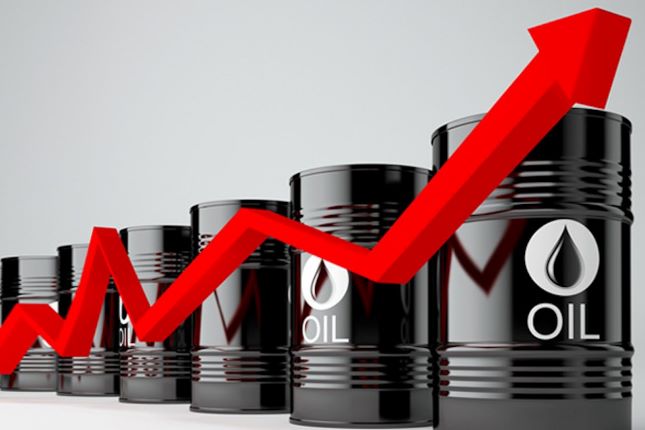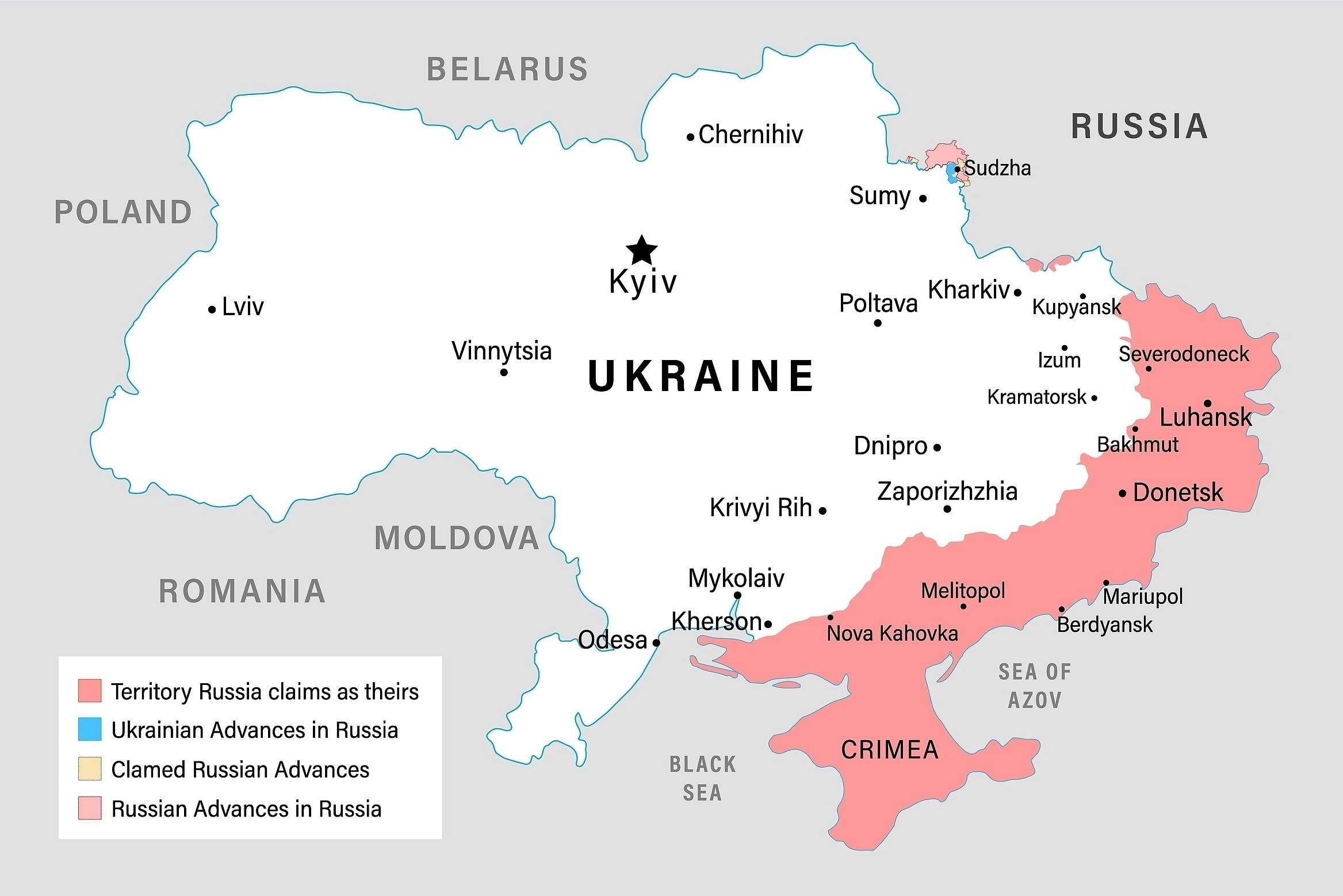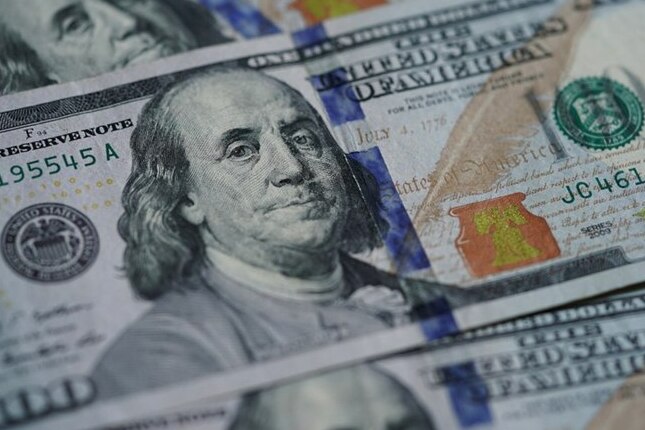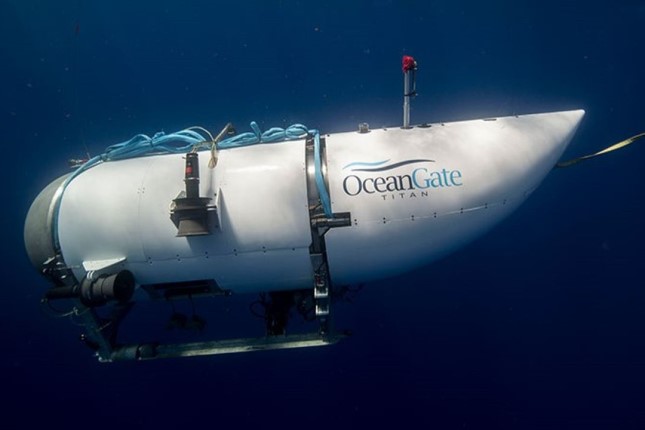How to determine?
A project of the United Nations Conference on Trade and Development (UNCTAD) Trade Map, which aggregates data from national customs agencies, can answer these questions. But before presenting the data processing results, it is essential to clarify some methodology.
Data on oil imports (excl. natural gas condensates) were "extracted" using HS Code 270900. Assessing the import volume, not only 27 EU countries were considered, but also non-EU members, the UK and Norway, that support the EU sanctions and at the same time import oil from Russia. Although, they are significant producers of raw materials by European standards.
Finally, the sources of imports were divided into two categories: the first group, "external" imports, consisted of countries beyond these 29 states; the second group consisted of "internal" oil trade between these 29 countries. The EU, the UK and Norway are referred to as the European oil market countries.
Results for 2021
In 2021, Europe's "external" oil imports reached 396.1 million tons, more than three times the “internal” one (122.4 million tons). Russia has expectedly become the largest "external" supplier to the European market (26%). Europe imported 102.8 million tons of oil from Russia, compared with 47.1 million tons (12%) from the United States, 38.5 million tons (10%) from Libya, and 34.7 million tons (9%) from Kazakhstan, and 32.1 million tons (8%) from Nigeria.
Saudi Arabia (28.9 million tons; 6%) and Iraq (30.8 million tons; 8%), the two largest oil producers among OPEC countries, remained outside the top five. In turn, they were ahead of Azerbaijan (20.6 million tons; 5%), Algeria (14.1 million tons; 4%) and Mexico (7.7 million tons; 2%). The total share of all other countries was 11% (44.8 million tons).
"Internal" European imports in 2021 consisted of nearly 60% of supplies from Norway (58.1 million tons; 47%) and the UK (12.9 million tons; 11%). More than a third of imports (44.1 million tons; 36%) came from the Netherlands − Europe's largest logistical hub for oil, gas, and coal producers. These volumes likely include supplies from other countries. The combined share of Italy, Denmark and Romania, among the top five oil producers in Europe, was 2% (2.5 million tons), and all other states − 4% (4.8 million tons).
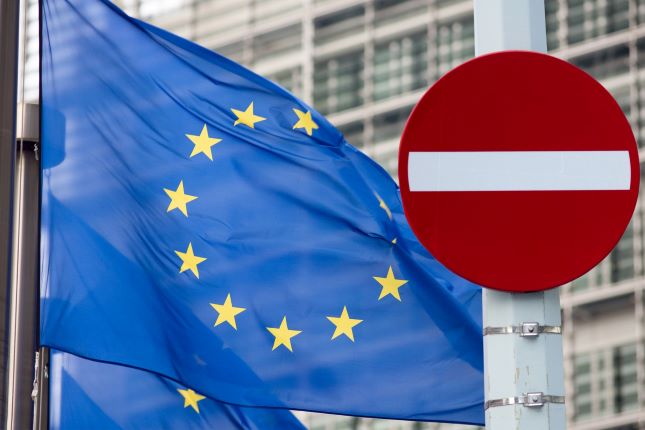
Negative relationship
Russia accounts for a quarter of Europe's "external" oil imports. However, the inverse relationship is even stronger. In 2021, Europe's share of oil exports from Russia (excl. natural gas condensates) was 48% (111.2 million tons of 231.6 million tons; export and import data differ somewhat due to differences in the methodology of calculation). Considering Japan announced its intention to gradually abandon oil imports from Russia, this share rises to 50% (115.7 million tons out of 231.6 million tons).
The raw numbers show the eye-catching high role of Libya, which managed to take a tenth of the European oil imports’ structure. According to S&P Global Platts, in 2021, Libya produced 1.11 million barrels per day (bpd), equivalent to 55.3 million tons (using an annual rate of 49.8). Thus, Libya's supplies to Europe (38.5 million tons) accounted for 70% of its production. However, the potential for further supply growth is still limited due to the periodic blocking of major Libyan ports and attacks on its oil production infrastructure. For example, in April 2022, due to force majeure at the country's largest oil fields, El Sharara and El Fil, the production fell to 913 thousand bpd, compared to 1,074 thousand bpd in March and 1,112 thousand bpd in January.
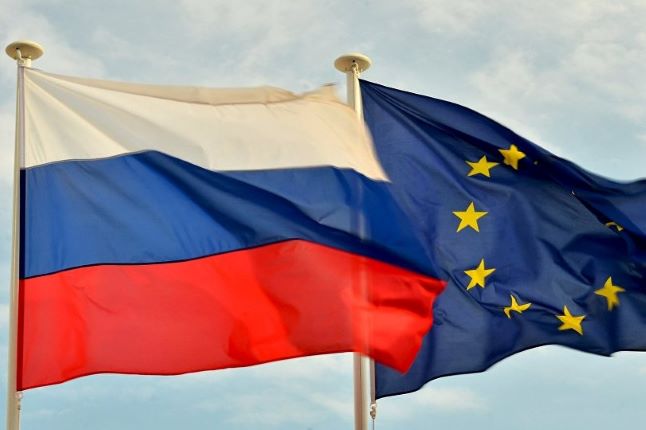
OPEC reserves
There is a relatively low share of Saudi Arabia, Kuwait, and the United Arab Emirates (UAE), which in 2021 accounted for only 6% of EU imports (22.9 million tons out of 396.1 million tons). It is these countries that have the tremendous potential to increase exports. According to OPEC, in April 2022, they produced 2.6 million bpd less than in April 2020 (16 million bpd versus 18.6 million bpd), when the previous OPEC+ deal had already collapsed, and the new one with a volume of 9.7 million bps has not yet entered into force.
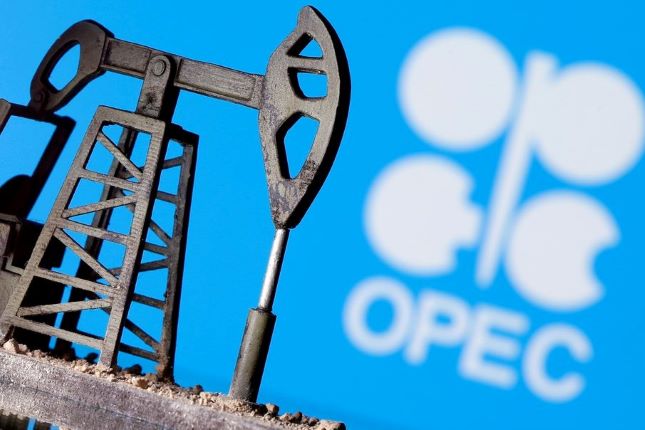
Russia's forced withdrawal from the European market may create obvious incentives for Saudi Arabia, the UAE and Kuwait to use idle production capacity, especially since Saudi Aramco, Kuwait Oil Company and, with some reservations, ADNOC are the production divisions of national energy regulators.
Iran should not be discounted either, as, before sanctions, it exported 2.6 million bpd abroad, not only to Europe but also to other regions of the world. According to S&P Global Platts, the country’s key export grade Iranian Light is close to Russia's benchmark Urals in terms of sulfur content, 1.46% and 1.44%, respectively. Therefore, in case of an embargo, the European countries-participants, the UK, France and Germany, in the negotiations on the Iranian nuclear deal, will be interested in the earliest return of Iran to the oil market. However, it remains to be seen how fast Iran will do it. Nor is it known when the Middle Eastern participants in the OPEC+ deal will return to their previous production peaks, thereby refusing to be committed to the current agreements.
